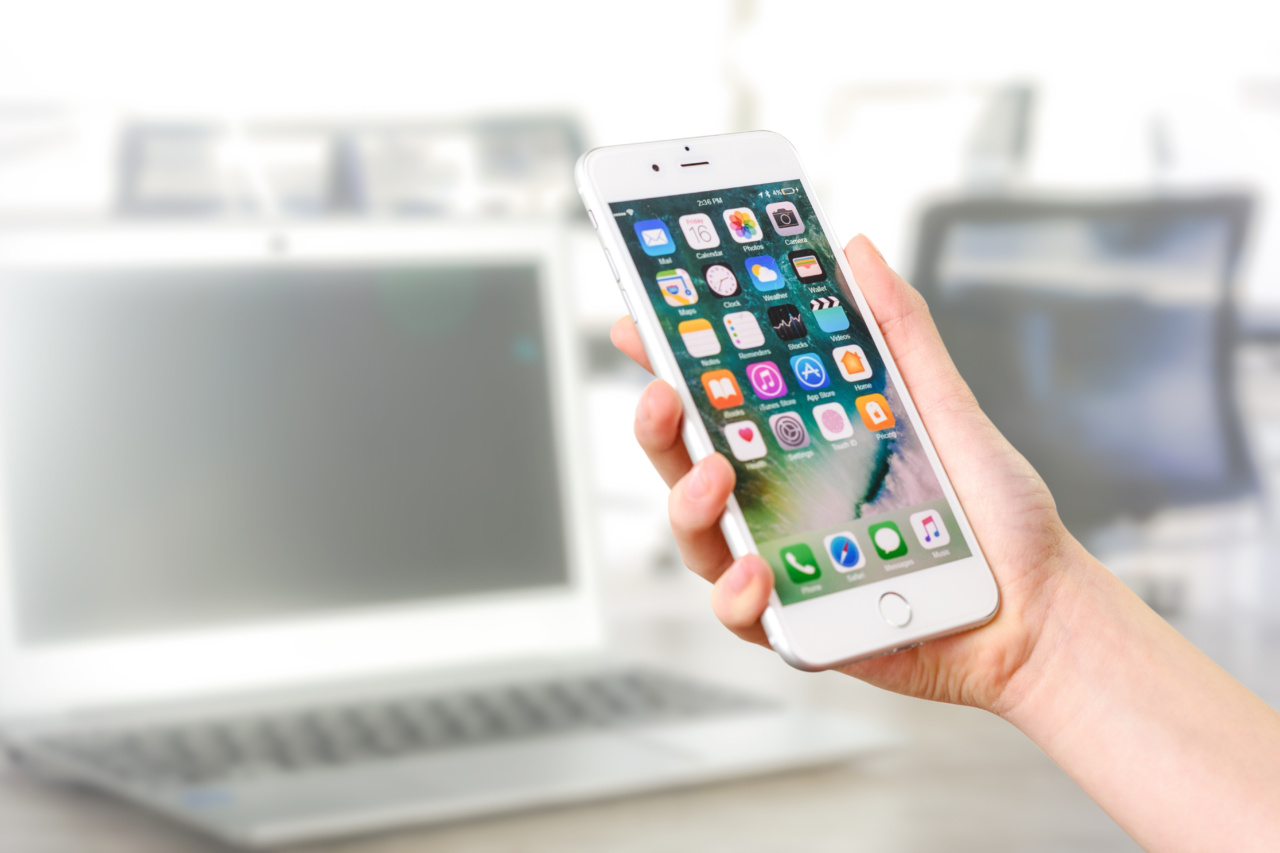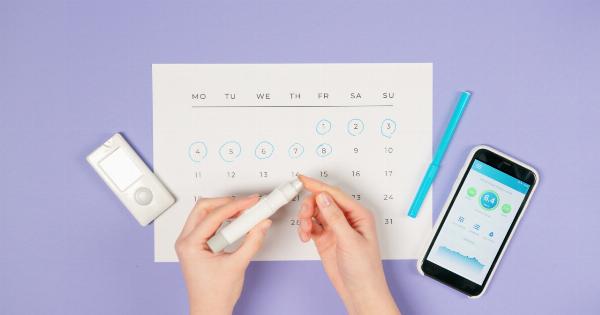Diabetes is a chronic disease that affects millions of people worldwide. Managing diabetes requires constant monitoring of blood sugar levels, which can often be inconvenient and uncomfortable.
In a bid to revolutionize diabetes management, Google has developed innovative contact lenses that can detect glucose levels in tears. This groundbreaking technology has the potential to transform the lives of diabetics by providing a more seamless and efficient way to monitor their health.
How Do Google’s Diabetes-Focused Contact Lenses Work?
The concept behind Google’s diabetes-focused contact lenses is to incorporate miniature sensors and electronics directly onto the lenses.
These advanced sensors can detect glucose levels present in tears, which can provide an indirect indication of blood sugar levels in the body.
The device contains a tiny wireless chip and a glucose sensor embedded between two layers of soft contact lens material. The glucose sensor works by detecting the glucose concentration in the tears formed from blood vessels in the eye.
The wireless chip transmits this data to a mobile device, enabling real-time monitoring of blood sugar levels.
Benefits of Google’s Diabetes-Focused Contact Lenses
Google’s diabetes-focused contact lenses offer several advantages over traditional methods of blood sugar monitoring. Here are some key benefits:.
1. Non-Invasive Monitoring
Unlike conventional methods that require pricking the skin to obtain blood samples, these contact lenses offer a non-invasive way to monitor blood sugar levels. This eliminates the discomfort and inconvenience associated with routine testing.
2. Continuous Monitoring
With the integration of advanced sensors, these contact lenses provide continuous monitoring of glucose levels.
This allows for a better understanding of how blood sugar levels fluctuate throughout the day, providing individuals with more accurate information for managing their diabetes effectively.
3. Real-Time Alerts
The wireless chip in the contact lenses can transmit data to a connected mobile device in real-time. This means that individuals can receive immediate alerts and notifications if their glucose levels fall outside the desired range.
Such timely alerts can be life-saving, preventing hypoglycemic or hyperglycemic episodes.
4. Enhanced Convenience
Wearing these smart contact lenses provides a high level of convenience, as individuals do not need to carry separate glucose monitoring devices.
The contact lenses offer a discreet and hassle-free way to monitor blood sugar levels while going about daily activities.
5. Integration with Mobile Apps
Google’s diabetes-focused contact lenses can be seamlessly integrated with mobile apps specifically designed for diabetes management.
These apps can track glucose levels over time, offer personalized insights, and provide recommendations for maintaining optimal blood sugar control. The integration of contact lens data with powerful analytics can significantly improve diabetes management.
Potential Challenges and Limitations
While Google’s diabetes-focused contact lenses show great promise, there are a few challenges and limitations associated with their development and adoption. Some of these include:.
1. Accuracy
Ensuring the accuracy of glucose level readings is crucial for the success of these contact lenses. The sensors must be highly precise and calibrated to provide reliable data consistently.
Any inaccuracies could lead to misinterpretation of blood sugar levels and subsequent mismanagement of diabetes.
2. Regulatory Approval
Before these contact lenses can become widely available to consumers, they must undergo rigorous regulatory approval processes. This ensures that the devices meet strict safety and efficacy standards.
Obtaining regulatory clearance can be a lengthy and expensive process, potentially delaying their availability.
3. Cost
The cost of developing and manufacturing these technologically advanced contact lenses may initially be high.
This could limit their accessibility to a wider population, particularly in regions with limited healthcare resources or where individuals may not have the financial means to afford them.
4. Acceptance and Adoption
The success of Google’s diabetes-focused contact lenses also depends on their acceptance and adoption by the diabetic community. Some individuals may have hesitations or reservations about trusting their health monitoring to a wearable device.
Overcoming these barriers and building trust is crucial for widespread adoption.
The Future of Diabetes Management
Google’s diabetes-focused contact lenses represent a significant step forward in the evolution of diabetes management. As technology continues to advance, we can anticipate further improvements and innovations in the field of diabetic care.
With potential advancements, we could see features such as automatic insulin adjustment based on real-time glucose readings, enhanced data analysis through artificial intelligence, and integration with other wearable devices to provide a comprehensive health monitoring solution.
It is important to note that contact lenses are not a cure for diabetes but rather another tool in the armamentarium of diabetes management.
Individuals still need to adhere to a healthy lifestyle, regularly monitor their blood sugar levels, and consult with healthcare professionals to ensure optimal diabetes management.
Conclusion
Google’s diabetes-focused contact lenses have the potential to transform the lives of individuals with diabetes.
By offering a non-invasive and continuous monitoring solution, these innovative contact lenses can simplify the daily challenges of diabetes management.
While there are challenges and limitations to overcome, the future of diabetes management looks promising with advancements in wearable technology.
By combining convenience, accuracy, and real-time alerts, these contact lenses can empower individuals to take control of their health and make informed decisions to maintain optimal blood sugar levels.






























